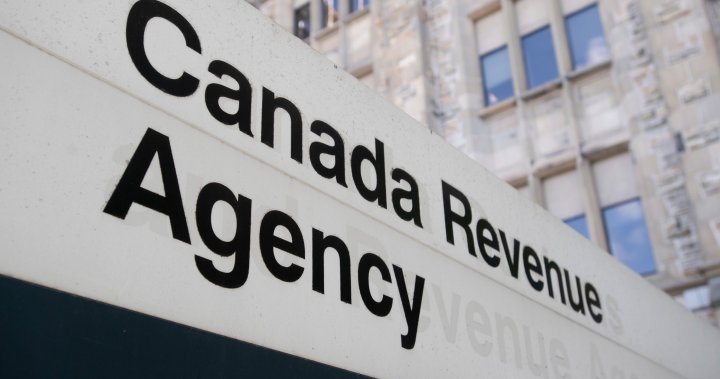For the first time, the Canadian government will set targets for temporary residents allowed into the country, Immigration Minister Marc Miller says.
This is being done, Miller said, to ensure “sustainable” growth in the number of temporary residents coming into Canada.
“Starting this fall, for the first time, we will expand the immigration levels plan to include both temporary resident arrivals and permanent resident arrivals,” Miller told reporters in Ottawa on Thursday.
Miller said as of 2023, Canada was home to 2.5 million temporary residents, who make up 6.2 per cent of Canada’s entire population. Over the next three years, the government plans to bring that percentage down to five per cent.
“To set these targets, I’ll be convening a meeting with my provincial and territorial counterparts, as well as other relevant ministers, in early May. Provinces and territories know their unique labor needs and capacity, and need to assume responsibility for the people that they bring in as well,” he said.
Miller added that they will also ensure that there are “robust pathways to permanent residences for those who wish to make Canada their home in the long term and avoid the pitfalls of an economy that is built solely on temporary workers.”
Breaking news from Canada and around the world
sent to your email, as it happens.
Breaking news from Canada and around the world
sent to your email, as it happens.
Employment Minister Randy Boissonnault said the government was also changing the way Canadian businesses were hiring foreign workers.
“As of May 1, the first change we are implementing is reducing the number of temporary foreign workers entering Canada in certain targeted sectors,” he said. “Employers identified in the 2022 Workforce Solution Roadmap will have a reduction from 30 per cent to 20 per cent of their workforce come in through the temporary foreign worker program under the low wage stream.”

The reduction in the number of temporary foreign workers, however, will not be applied to the construction and healthcare sectors.
“Construction and health care, employers will continue to be allowed to hire up to 30 per cent of the workforce through the low wage stream of the temporary foreign worker program until at least Aug. 31 of this year,” he said.
Boissonnault also said a Labour Market Impact Assessment, which allows a business to hire foreign workers if Canadian workers are not available, will only be valid for six months, instead of 12.
“The purpose of the LMIA is for the employer to show a need for a foreign worker and to confirm that no Canadian worker, permanent resident, refugee or asylum seeker is able to do that job. And by shortening the validity period, we are going to make sure that the temporary foreign worker program is being used with the most up-to-date and accurate labor market information,” he said.
In November, Miller had announced that the federal government would raise its target to 500,000 new permanent residents in 2025 as planned, but hold them steady going forward into 2026. In January, Miller announced that Canada would be capping the intake of international students, who he said make up 42 per cent of temporary residents in Canada.
More to come.
© 2024 Global News, a division of Corus Entertainment Inc.





